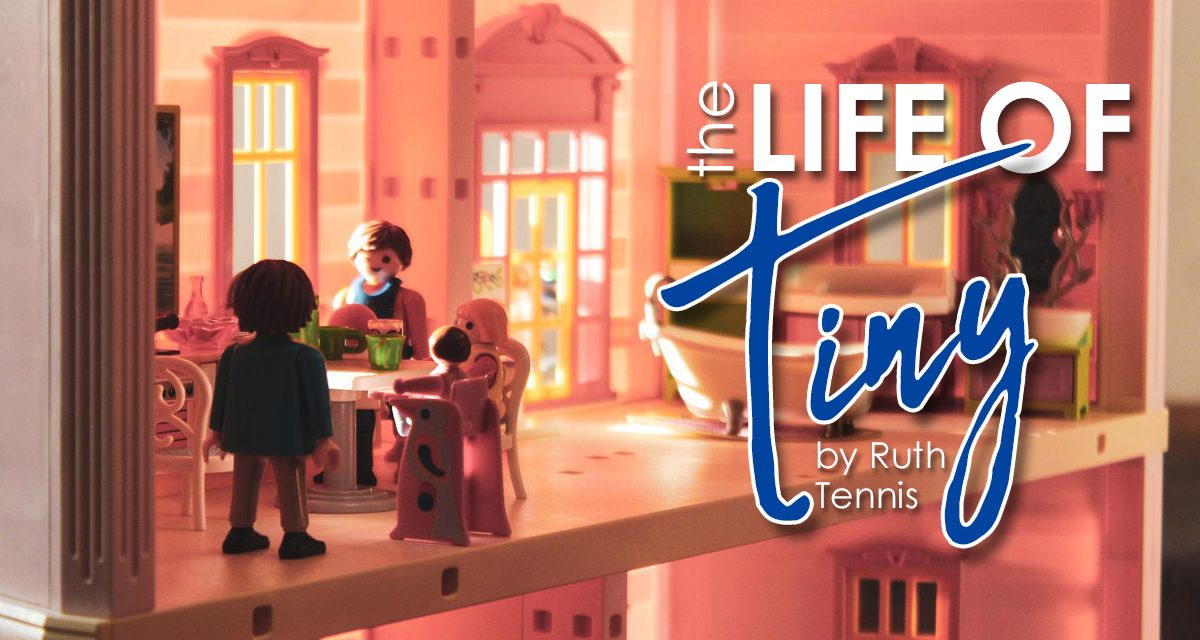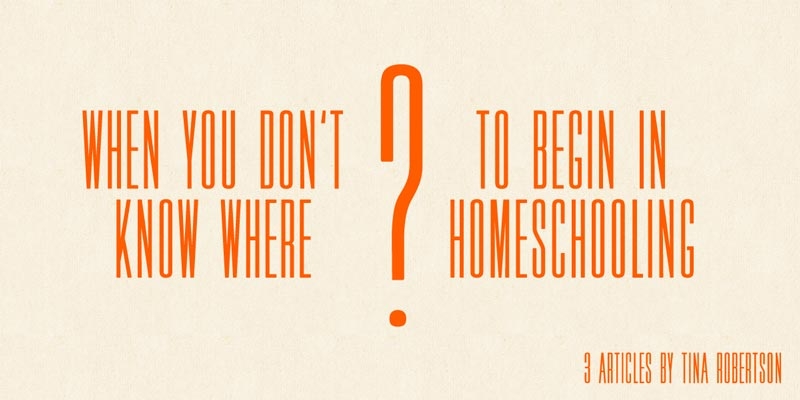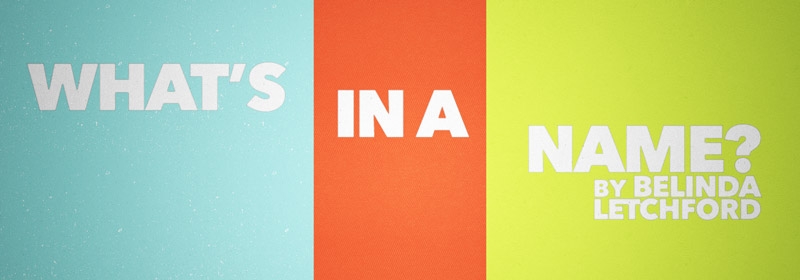My kids were drawn to the miniature: minifigures and mini playhouses; mini this and mini that. I’ll admit I have a love-hate relationship with tiny things. Maybe it was the cry of “Mom, I’ve lost my… and I can’t find it….” Maybe it’s the fact that tiny parts to tiny figurines are still appearing in the most random of places 7 years after my last child has left home. I’ll have to admit, however, that as a child I had my own to-scale doll house jam packed with tiny décor—and I loved every minute of it.
Children seem to be drawn to miniscule toys. What’s the appeal? Is there any value beyond the temporal? Surprisingly, when children engage with items on a small scale, they are actually tapping into and developing certain traits and skills.
Physical Benefits
When we turn our attention to the miniscule, we are stimulating our senses. We are able to hyperfocus in a unique and appropriate way. Engaging with tiny items develops children’s fine motor skills and dexterity. We should not forget that we have a real world of miniscule readily available to explore with a magnifier (check out some moss or a spoonful of pond water). Building with tiny dioramas or with tiny blocks helps us learn about scale and dimensions. Tiny toys and products are portable, so they are ready for engagement at a moment’s notice.
Social and Emotional Benefits
A small world provides opportunities to nurture our caretaking skills. We can practice taking care of and protecting something in a nonthreatening, low risk way. Children can roleplay, practice scenarios, see potential consequences of actions. Tiny toys provide a bit of familiar in an unfamiliar place (waiting in a restaurant; traveling on vacation). Children can also explore skills within manageable boundaries with items like tiny crafts or tiny gardens.
So, give Tiny a Try.
Embarking on the benefits of tiny doesn’t mean buying collectibles and amassing large quantities that you’ll inevitably stub your toe on (Yes, I give you permission to veto those). Incorporating Tiny Benefits might mean your child will make a diorama of a historical event. Maybe they’ll create a fairy garden with plants and tiny treasures to find. Maybe they’ll practice cooking with tiny utensils. Get a tiny magnifier and investigate your world. Seize the opportunity to explore the small. You’ll be glad you did. ~Ruth





